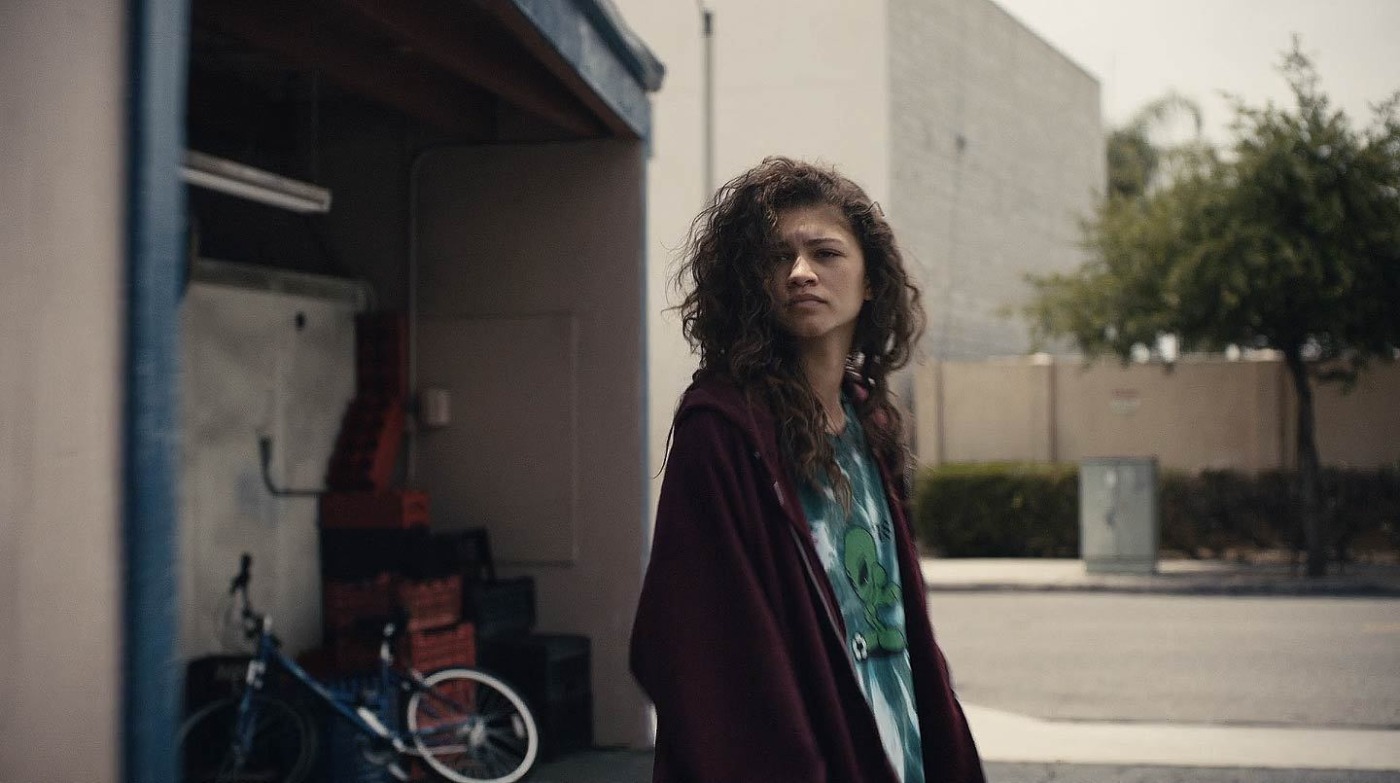‘Euphoria’: why is the drama’s explicit exploration of teenagehood so captivating?
HBO’s Euphoria became a big hit with its open exploration of the drug-and-sex-infused teenage landscape. Viewers followed the lives of several troubled American teenagers fronted by Rue, a 17-year-old battling drug addiction. The series delves into themes of sexuality, relationships, toxic masculinity, peer pressure and many others that unfortunately underline the teenager experience. Euphoria has found recent success in Emmy nominations and triumphs for makeup design and soundtrack as well as a huge win for leading actress Zendaya.
An aesthetic defined by colourful lighting, extreme artistic makeup, fast-paced editing and kinetic camerawork has come to represent Euphoria and social media trends inspired by this aesthetic have risen in popularity. What keeps audiences as engaged and enthusiastic with the show over a year after its initial release?
The show opens on an angsty bang with Rue’s backstory accompanied by a monologue laced with teenage depression, cynical world views and general discontent with life. Rue states that she is simply “f**king exhausted”, a feeling that most teenagers are familiar with. We open in a new school year following a summer Rue spent in rehab. It quickly becomes clear that she is not yet free from her addiction.
The series delves into themes of sexuality, relationships, toxic masculinity, peer pressure and many others that unfortunately underline the teenager experience
Upon its release, concerns emerged that the show was romanticising the issues it explored. I believe it has the opposite effect: the graphic depictions of drug use and violence appear life destroying and thus not appealing at all. Heart-clenching scenes of Rue’s little sister finding her overdosed in her room and Rue arguing passionately with her mother act as painful reminders that drug use is not something to be taken lightly or dismissed as teenage rebellion. Her journey and battles with addiction are handled and depicted carefully and tragically – a testament to director and writer Sam Levinson’s own experience of addiction as a teenager.
In spite of the pain you see Rue’s addiction causes others, you feel extremely close to her as a character. You empathise with her; you see her reliance and struggle and meet it with sympathy as opposed to frustration. Every time she relapses, I found myself saddened for her rather than angry at her inability to stop. It brilliantly depicts how addiction can feel inescapable and why quitting is not as simple as flushing the drugs down the toilet. A particularly striking scene occurs in episode three when Rue begs her dealer Fez for more drugs. Fez denies her wishes stating “I’m not going to help you kill yourself Rue”. As the door is closed on her and she begins to pound, yell and plea, her desperation becomes clear and your jaw is left on the floor at Zendaya’s outstanding, definitely Emmy-worthy, performance.
Rue is not the only character we see facing challenges. Each episode begins with a perfectly cast exploration of individual characters’ childhoods to contextualise how their personalities and issues are products of early trauma. From Nate Jacob’s toxic masculinity to Kat’s struggle with body image.
Various storylines revolve around sex and thus the show can seem hyper-sexual with its graphic, yet casual, displays of female and male bodies. Take the locker room scene in which multiple close-ups of variously shaped and sized male genitalia dominate the screen or the sequence showing how to take the perfect ‘dick pic’. However, there are messages behind these conspicuous images
Because of the show’s ability to dive into the social and cultural foundations of teenagehood, we are able to understand these troubled and toxic characters
One of the most important scenes to me in terms of teenage sexual health occurs between characters Cassie and McKay. Whilst having sex, McKay begins to choke Cassie without her permission. She yells for him to stop and he admits that he assumed that she “liked that stuff”. The scene is followed by an explicit, rapid sequence of what you would find if you were to open any porn site right now: violent, graphic, and aggressive clips of male domination. It is a raw insight into how sex is presented to young people and why so many mistake porn for reality.
Because of the show’s ability to dive into the social and cultural foundations of teenagehood, we are able to understand these troubled and toxic characters. In an interview, creator Sam Levinson stated that he “wanted to do something that didn’t rely so heavily on characters talking about their feelings, because one of the toughest aspects of being young is not being able to articulate how you feel”. Their rash decisions and actions are not explained through characters’ self-reflection but rather through the audience’s wider understanding of the difficult and troubling teenage landscape.
Fans of the show will be as devasted as I am to learn that season two is rumoured to be released as late as 2022 after delays in production. As we impatiently await more content, season one should be on everyone’s re-watch lists and is guaranteed to captivate you more and more with every watch.

Comments